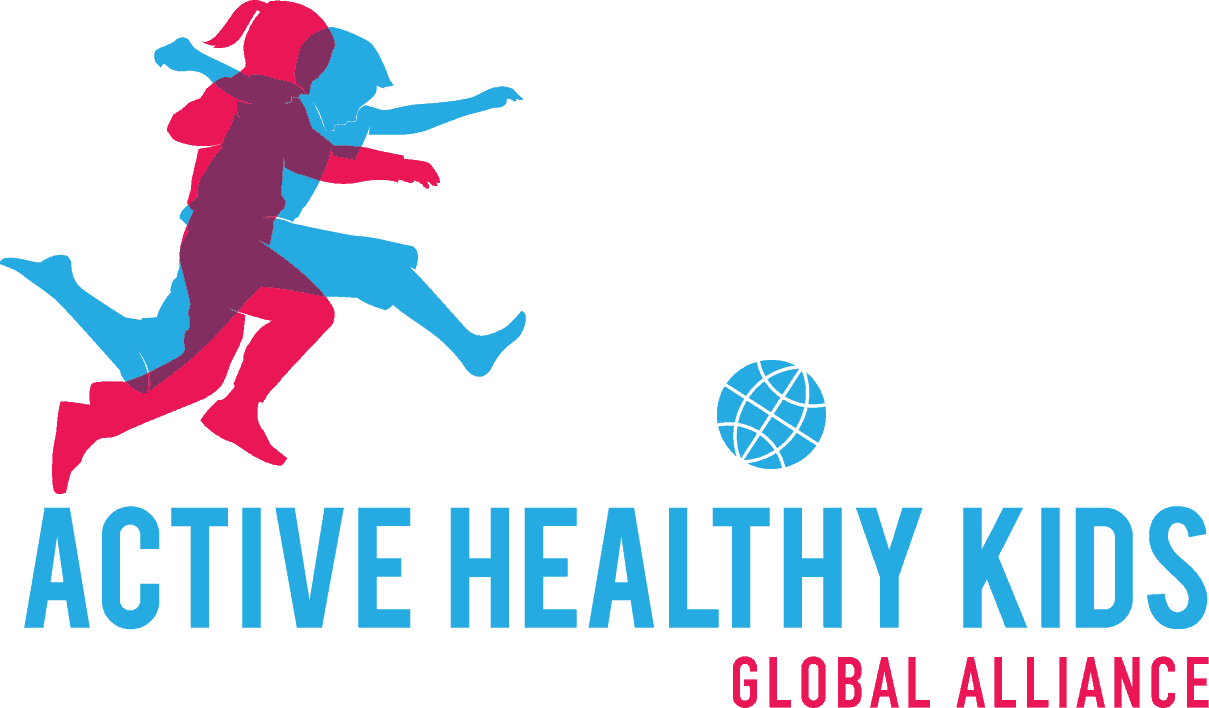
15 Feb Response to Criticisms of the 20 m Shuttle Run Test: Deflections, Distortions and Distractions
Tomkinson and colleagues recently published an editorial in the British Journal of Sports Medicine in response to a previous editorial by Armstrong and Welsman, who criticized the use of field-based tests, such as the 20 m shuttle run test (20mSRT), as a measure of cardiorespiratory fitness. The main criticisms included: (a) the 20mSRT only provides an estimate of cardiorespiratory fitness (ie, peak VO2) and (b) estimates are ratio-scaled (ie, expressed relative to body mass).
In response, Tomkinson and colleagues provided an evidence-based discussion defending the use of the 20mSRT as a population health indicator for international surveillance. Below are a few of the main points provided:
- At the individual level, the 20mSRT is a true indicator of peak VO2peak (absolute or relative to body mass);
- The 20mSRT in childhood and adolescence can be used as a powerful marker of current health status, and a predictor of future health, making it useful for population health research; and
- Although lab-based peak VO2peak is an excellent prognostic measure at the individual level, the 20mSRT has strong utility and scalability for population health surveillance, especially for data collection in low-income countries.
Tomkinson and colleagues concluded that the 20mSRT is pragmatic, easily understood, and already routinely used internationally to measure cardiorespiratory fitness. The authors encouraged researchers to continue using the 20mSRT as a field-based measure of cardiorespiratory fitness.


